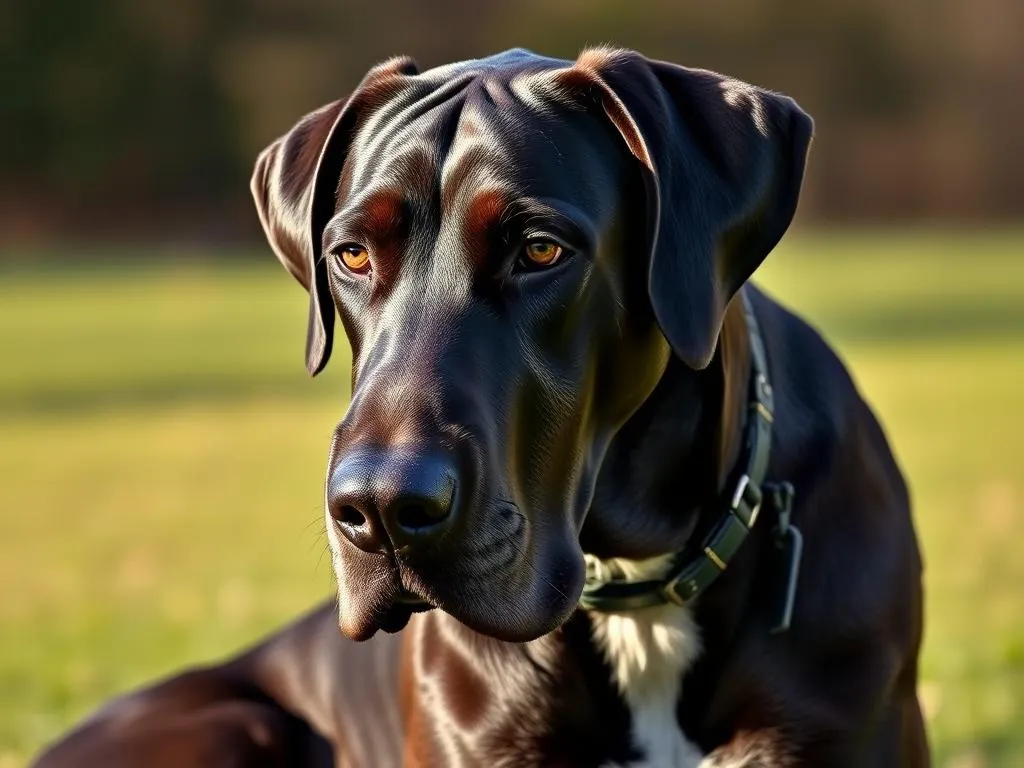
Crate training is an essential aspect of dog ownership, particularly for Great Danes, a breed known for its impressive size and gentle temperament. Crate training not only helps establish a safe space for your dog but also plays a significant role in housebreaking and providing comfort during times of separation. Understanding how to crate train a Great Dane requires a tailored approach, as their unique characteristics and needs influence the training process.
Understanding Great Danes
Characteristics of Great Danes
Great Danes are often referred to as “gentle giants.” Their size can be daunting; they can weigh anywhere from 110 to 175 pounds, and their height can reach up to 34 inches at the shoulder. Despite their imposing stature, Great Danes are known for their friendly and gentle nature. They tend to be affectionate with their families and protective of their loved ones, making them excellent companions.
Unique Training Needs
Due to their size and temperament, Great Danes require specific training considerations. Socialization is crucial for them from a young age to ensure they are well-adjusted and comfortable in various environments. Additionally, they need both mental and physical stimulation to prevent boredom and destructive behavior. Crate training can significantly aid in fulfilling these needs by providing a secure environment where they can relax and feel safe.
Benefits of Crate Training for Great Danes
Crate training offers several benefits for Great Danes. First and foremost, it provides safety during unsupervised times, preventing them from getting into potentially dangerous situations. It also aids in housebreaking, as dogs naturally avoid soiling their sleeping area. Furthermore, having a designated space helps Great Danes develop a sense of security and routine, which is beneficial for their overall well-being.
Preparing for Crate Training
Choosing the Right Crate
Selecting an appropriate crate for your Great Dane is the first step in the training process. There are various types of crates available, including wire, plastic, and soft-sided options.
- Wire Crates: These are sturdy and provide excellent ventilation, making them a popular choice for larger breeds.
- Plastic Crates: These offer a more enclosed space and can be beneficial for travel.
- Soft-Sided Crates: While not typically recommended for Great Danes due to their size and strength, they may be suitable for short-term use or travel.
When choosing a crate, it’s essential to consider its size. A crate should be large enough for your Great Dane to stand, turn around, and lie down comfortably. However, avoid choosing a crate that’s too large, as it may encourage your dog to use one corner as a bathroom.
Creating a Comfortable Environment
Once you’ve selected a suitable crate, the next step is to make it a comfortable place for your Great Dane. Adding soft bedding can help create a cozy environment, and including a few favorite toys can make the crate more inviting. Ensure the crate is placed in an area with good ventilation and adequate lighting, as this will help your dog feel more at ease.
Gathering Training Supplies
Before starting the training process, gather all necessary supplies. You’ll need:
- Treats: High-value treats will motivate your Great Dane during training.
- Toys: Provide engaging toys to keep your dog occupied.
- Clickers: If you use clicker training, have one on hand.
- Safety Items: Consider investing in a crate pad for comfort and safety.
The Crate Training Process
Introducing the Crate
Start by introducing your Great Dane to the crate in a positive manner. Make the crate inviting by leaving the door open and placing treats inside. Encourage your dog to explore the crate at their own pace. This can be a fun way for them to discover their new space without feeling pressured.
Gradual Acclimatization
Once your Great Dane is comfortable entering the crate, begin acclimatizing them by closing the door for short periods. Start with just 5-10 minutes, gradually increasing the time as they become more relaxed. It’s important to stay nearby during these initial sessions to provide reassurance.
Establishing a Routine
Creating a consistent routine is key to successful crate training. Set a specific schedule for crate time, including when your dog will be crated during the day and overnight. Incorporate crate time into daily activities, such as feeding and nap time. This helps your Great Dane understand that the crate is part of their daily life.
Techniques for Successful Crate Training
Positive Reinforcement
One of the most effective techniques for crate training is positive reinforcement. Rewarding your Great Dane for good behavior fosters a positive association with the crate. Use treats, praise, and affection when your dog enters the crate or remains calm while crated.
Handling Crate Training Challenges
Like any training process, crate training may come with challenges. If your Great Dane barks or whines while crated, address these behaviors calmly. Avoid letting them out when they’re making noise, as this may reinforce the behavior. Instead, wait for a moment of quiet before opening the door. If your dog shows signs of anxiety, consider gradual desensitization techniques, such as spending time near the crate with the door open.
Using Command Training
Incorporating command training can also enhance the crate training process. Teach your Great Dane commands such as “Go to your crate.” Use treats to reinforce this command, encouraging them to associate the command with entering the crate. Consistent use of commands will help your dog understand what you expect from them.
Common Mistakes to Avoid
Overusing the Crate
While crate training is beneficial, it’s important not to overuse the crate. Dogs need ample time outside the crate to socialize and exercise. Signs of crate overuse include excessive barking, destructive behavior, or reluctance to enter the crate. Ensure that your Great Dane has a balanced schedule that includes playtime, exercise, and downtime outside the crate.
Using the Crate as Punishment
Using the crate as a form of punishment can damage your Great Dane’s relationship with their crate. The crate should be a safe haven, not a place of isolation. Instead of using the crate for discipline, focus on positive reinforcement to encourage good behavior.
Skipping the Gradual Process
Many owners may be tempted to rush the crate training process, but this can lead to setbacks. Skipping steps can cause anxiety or fear, making the training much more challenging. Remember that patience and consistency are vital for success.
Maintaining Crate Training Success
Reinforcing Positive Associations
Once your Great Dane is successfully crate trained, continue reinforcing positive associations. Use treats and praise regularly to remind them that the crate is a good place to be. Even as they become more accustomed to their crate, maintaining these positive experiences will help them feel secure.
Transitioning Out of the Crate
As your Great Dane matures and becomes more reliable, you may notice signs that they are ready for more freedom. Look for behaviors such as calmness when left alone or the ability to resist chewing on furniture. Transitioning out of the crate should be gradual; start by leaving them out for short periods while you’re home, and gradually increase the length of time.
Ongoing Training and Socialization
Crate training is just one aspect of your Great Dane’s overall training. Continued training and socialization are vital for their development. Engage in activities that promote mental stimulation, such as puzzle toys or obedience training classes. Regular socialization with other dogs and people will help ensure your Great Dane remains well-adjusted and happy.
Conclusion
Crate training is an invaluable tool for Great Dane owners, providing a safe space and aiding in housebreaking. By understanding your dog’s unique characteristics and needs, you can effectively implement crate training techniques that foster a positive association with the crate. Remember that patience and consistency are key throughout this process. Start your crate training journey today, and enjoy the benefits it brings to both you and your Great Dane.









